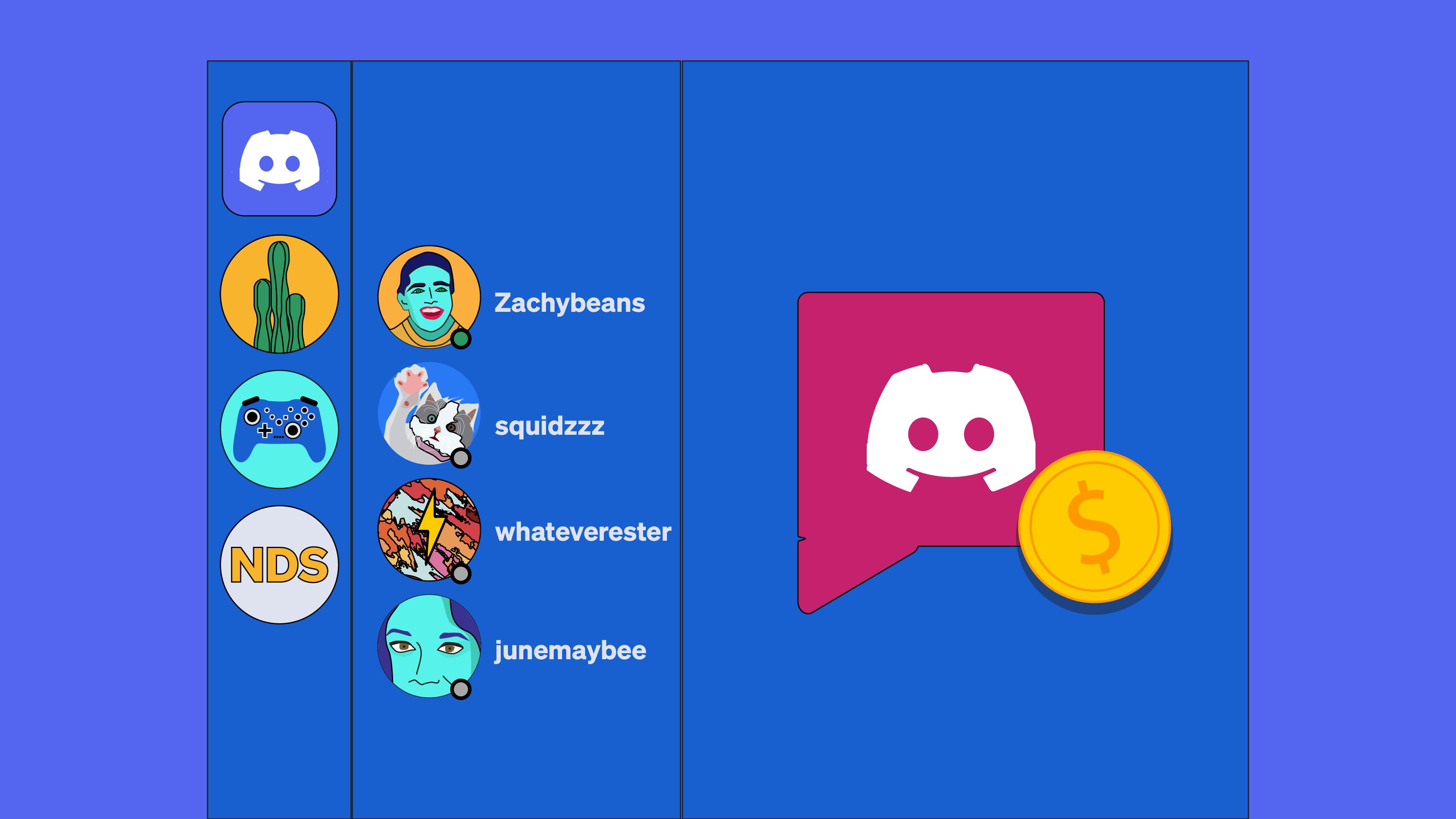Do you want to save money or take out a loan without paying high-interest rates? It sounds like you need a community savings group.
Saving with a group might sound archaic if you’re used to building a nest egg and covering big expenses on your own.
But you can do the same thing - and maybe do it better - with a community savings group.
This article explores how they work and provides a detailed look at different types of savings groups, including ROSCAs, VSLAs, Tandas and Sou-sous. Keep reading to discover how each can increase capital and financial security using a centuries-old peer-to-peer structure.
What is a community savings group?
Community savings groups are associations where people agree to save a certain amount periodically and deposit their savings into a shared account. Some groups offer small loans, too.
They’re popular all over the world, from West African Sou-sous to Mexican Tandas to Vietnamese Huis.
No matter where they are, community savings groups benefit people from all walks of life. They help you:
- Cultivate financial and economic security with people you trust
- Increase your savings, and
- Borrow money without high-interest rates
Community savings groups are usually classified as Rotating Savings and Credit Associations (ROSCAs) and Village Savings and Loans Associations (VSLAs).
This article takes a close look at Rotating Savings and Credit Associations, and also provides a quick overview of Village Savings and Loans Associations or VSLAs.
Both models are a global success. And you’ll get to decide which one is correct for your community.
Related Post: How to Set up a Community Savings Group: A Step-by-Step Guide
What are Rotating Savings and Credit Associations or ROSCAs?
Rotating Savings and Credit Associations (ROSCAs) are powerful examples of people helping people.
ROSCAs are money pools in which members of a community agree to save an equal amount of money across a period without a bank account.
For example, a ROSCA with 10 members might agree to save $100 per month for 12 months. Every month, the lump sum of $1,000 is paid out to a different member until everyone has been paid.
Groups decide their rotation order and can change it if a member experiences an accident or emergency.
4 reasons why ROSCAs are successful
Peer-to-peer finances might seem unnecessary at best and risky at worst. What is the advantage of saving in a group? Can’t you just save on your own?
Here are four reasons why ROSCAs are successful and sustainable all over the world:
1. They increase personal commitment
The social consequences of disappointing friends may be harder to live with than defaulting on impersonal loans. Therefore, when people make a financial commitment in a community savings group, their motivation increases
Positive peer pressure also keeps everyone accountable. In a study of 130 ROSCAs and 5,000 participants, the nonpayment rate was 0.005%.
2. ROSCAs provide a tangible way to support friends and family
Financial experts advise against lending money to family or friends. However, the widespread success of ROSCAs tells a different story.
People want to help loved ones in times of need. And participating in a savings group is a tangible way to do that.
3. They provide access to greater capital
Bad credit and limited access to credit are both limiting and discouraging
The ROSCA model makes capital accessible to people who can’t amass it on their own. And interest-free monthly payouts help people get ahead without incurring debt.
4. ROSCAs offer fast, personal insurance
The red tape in banking institutions gets in the way when you need swift financial help.
Not so in ROSCAs.
When a member experiences financial setbacks, ROSCAs can adjust their rotation order and help a member more efficiently than a traditional bank might.
Easily manage your community's group savings in a Braid Pool. Learn how to set one up on our Start A Community Savings Group page.
Tandas and sou-sous
If you’d like to start a community savings group, consider using the ROSCA model. That’s what people all over the world do, including in Mexico and West Africa, which is where we’re headed next.
What is a sou-sou and how does it work?
A sou-sou is what people in West Africa and the Caribbean call ROSCAs. Here’s how they work:
- Each person contributes a fixed amount to a shared group account
- Everyone’s contributions are collected regularly (weekly, bi-weekly, monthly, etc.)
- Sou-sous run for a specific length of time (6 months, 12 months, etc.)
- Each period, the lump sum is dispersed to one member until everyone is paid out at least once
How do you make money in a sou-sou?
Simply put, you don’t. In an authentic sou-sou, you don’t earn interest, you never receive more than you put in, and there’s no reward for recruiting new members.
If a sou-sou promises anything different, it’s probably a fake sou-sou.
The best way to avoid scams is to form your sou-sou with people you know and trust. Using Braid money pools can help keep your saving group private and safe.
What is a tanda?
About 30% of the Mexican population participates in tandas. They attract everyone from small business owners to close friends to employees from Fortune 500 companies.
Like sou-sous, tandas work when people contribute money into a pool regularly. Then, depending on the payout schedule, the entire pool is dispersed to each member until every member has been paid out at least once.
Tandas are so popular that they inspired Yahoo to launch an app called “Tanda” to facilitate group saving. It only lasted a handful of months before shutting down though.
Braid Money Pools, however, are a strong alternative. Start yours here.
What is a Village Saving and Loan Association or VSLA?
A Village Savings Loan and Association (VSLA) is another community savings model, and it shares three main features with ROSCAs:
- Consists of a small group of people who save together regularly
- Operates for a specific length of time
- Helps low-income communities grow their savings when traditional banking services or lines of credit are unavailable
There are two key differences between VSLAs and ROSCAs:
1. Members save by buying shares
ROSCAs require each member to save the same amount every period. VSLAs don’t.
Instead, members purchase 1 to 5 shares per month. The share price is set by the group and is fixed for the entire cycle.
This feature is great for members who don't have a steady stream of income, but who still want to reach their savings goal.
2. Small loans are available upon request
VSLAs don’t disperse the pooled savings to each member on rotation. Instead, members save periodically and receive their lump sum when the VSLA cycle ends.
Members can also request a small loan and once approved, pay a small interest rate to the other members.
VSLAs are advantageous for individuals who have an inconsistent income, like freelancers, performing artists, and contract workers.
Compared to a ROSCA, VSLAs are more involved. Treasurers must organize share purchases, rather than an equal contribution from each member. They must also manage loans and interest.
ROSCA or VSLA: Which is best for you?
Here’s a quick comparison of ROSCAs and VSLAs to help you determine the right model for your savings group:
Both ROSCAs and VSLAs boast global success. These peer-to-peer financial structures are a refreshing break from traditional banking institutions. They provide a safe and sustainable way to increase financial and economic security together with people you know and trust.



